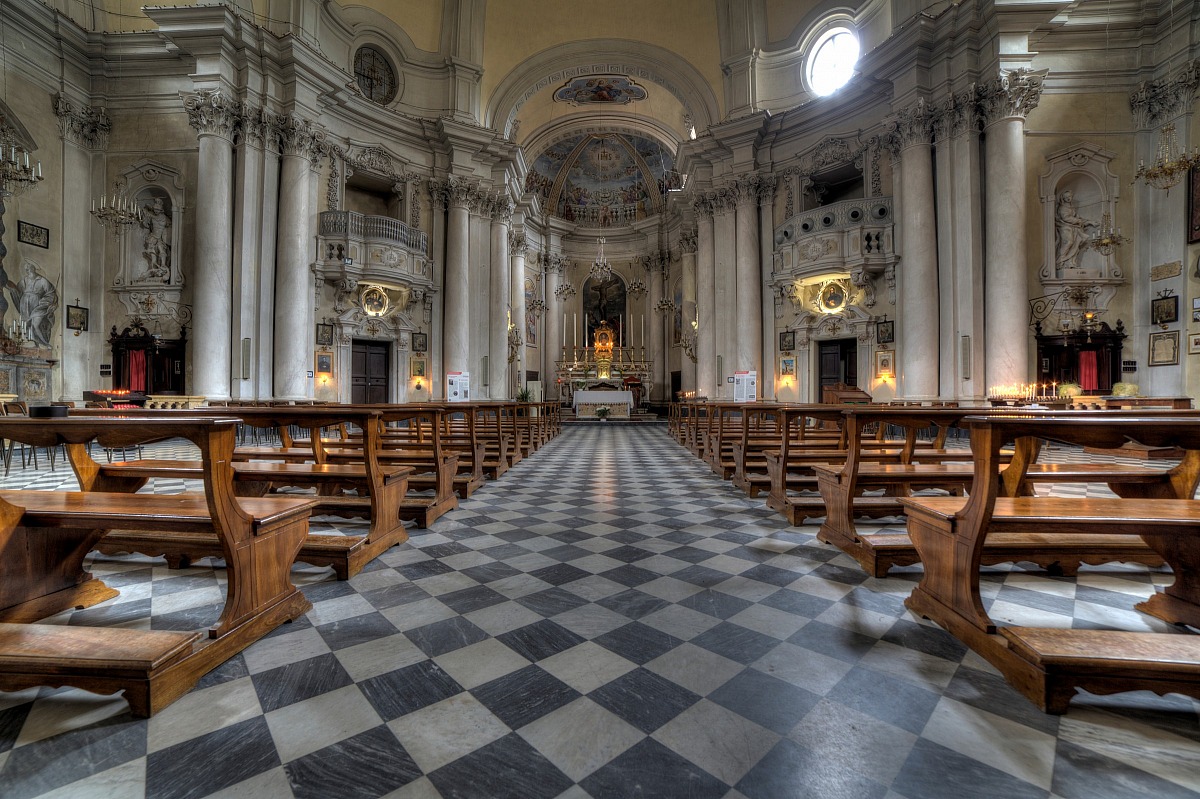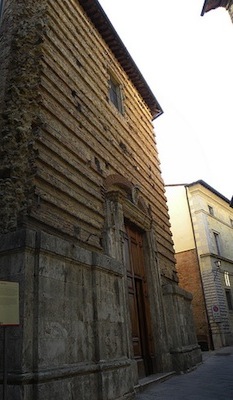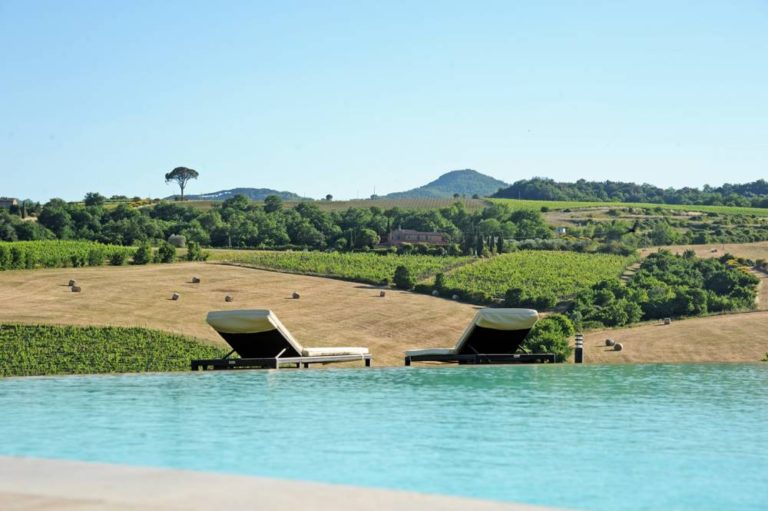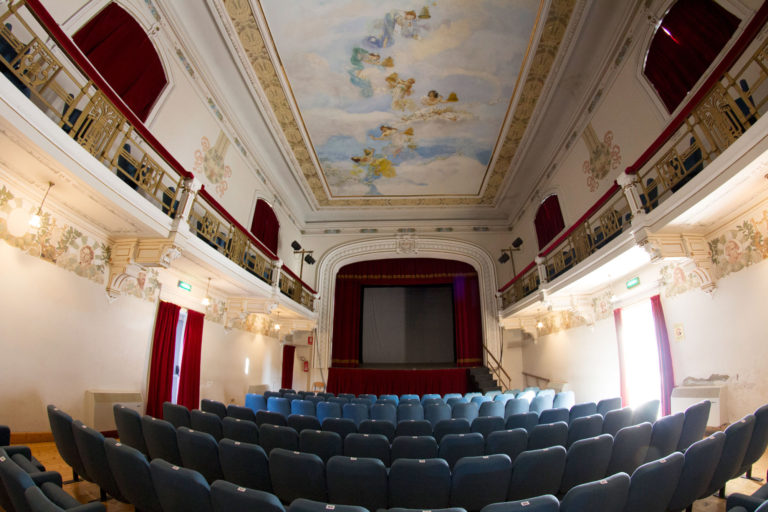Montepulciano: Shrine of the Madonna delle Tre Ave

Montepulciano, as well as its surrounding territories of Valdichiana and Valdorcia, is rich of places of worship, mostly of catholic faith: among religious festivals and saints, there are also historic, cultural and touristic itineraries related to spirituality and faith. This adds up to the most classical local excellences, such as Vino Nobile, culture, music, nature and thermal baths.
Religion has been an important part of the history of Montepulciano, between churches, convents and the heritage of pagan cults and folk traditions. Each bell tower was extremely jealous of its saints, and countless are the sanctuaries that enshrine the catholic relics: they pass on the memory of miracle events and they beckon pilgrims and believers. I’m about to talk to you about a sanctuary that belongs to the diocese of Montepulciano-Chiusi-Pienza, which is part of a religious itinerary, based on the work of the Chianciano Terme – Valdichiana Tourist Office.
Montepulciano – Shrine of the Madonna delle Tre Ave
In the Chiesa del Gesù, via di Voltaia nel Corso
 The shrine was built for the devotion of the “Tre Ave”, brought into being in the Chiesa del Gesù in Montepulciano in 1932 by two priests that established the order that shares its name. It is set along the main road of the historical centre, north of the old Jesuit college, site of the law courts. This particular worship began in the eighteenth century, when the Virgin appeared to Saint Matilde and promised her that whoever devotedly recited the “Ave Maria” three times, in honour of the strength, understanding and love with which the Holy Trinity had bestowed the maternal heart, would be granted salvation. Mary’s relevation to Matilde was recognised by Pope Benedict XV in 1921. The Chiesa del Gesù in Montepulciano became a shrine thanks to Bishop Emilio Giorgi, who crowned the statue of the Immaculate Conception now venerated in the right-hand lateral altar and decorated by Antonio Colli.
The shrine was built for the devotion of the “Tre Ave”, brought into being in the Chiesa del Gesù in Montepulciano in 1932 by two priests that established the order that shares its name. It is set along the main road of the historical centre, north of the old Jesuit college, site of the law courts. This particular worship began in the eighteenth century, when the Virgin appeared to Saint Matilde and promised her that whoever devotedly recited the “Ave Maria” three times, in honour of the strength, understanding and love with which the Holy Trinity had bestowed the maternal heart, would be granted salvation. Mary’s relevation to Matilde was recognised by Pope Benedict XV in 1921. The Chiesa del Gesù in Montepulciano became a shrine thanks to Bishop Emilio Giorgi, who crowned the statue of the Immaculate Conception now venerated in the right-hand lateral altar and decorated by Antonio Colli.
The Society of Jesus moved into Montepulciano in the second half of the sixteenth century. In 1630 the construction of the college was started. The plan also anticipated a church to be unified with the college. In 1691 building works began, under the direction of Giovanni Battista Origoni. After many structural and economic challengese the Jesuits decided to entrust the project to brother Andrea Pozzo. The external brick facade remains incomplete with the exception of the portal and the first level in travertine. The interior, designed by Pozzo, is of elliptic form with a large semicircular presbytery of two rectangular side chapels. The walls have been decorated by ondulating surfaces typical of the Baroque. Pillars sustaining the four round arches consist of groups of columns and composite capital half-pillars surmounted by a dosseret. Each concave wall has a portal set between two pillars and an overlooking “coretto” hidden room. The cadences of the surfaces have been decorated in stucco by Francesco Notari with plaster statues by Bartolomeo Mazzuoli. In 1701 Sebastiano Cipriani, under the supervision of Pozzo, constructed the vault, supported by a wooden structure and concluding in a small fake dome decorated by Antonio Colli.
The main religious feast falls on the eight of December to celebrate the Immaculate Conception.




